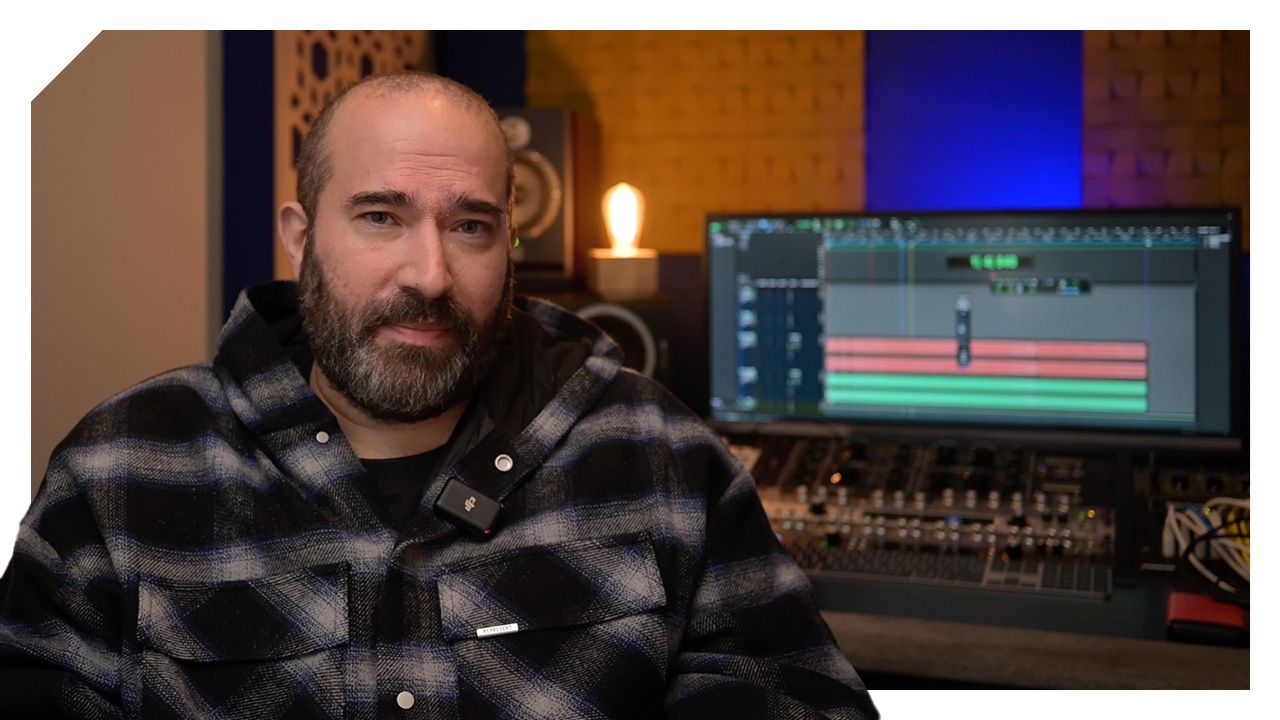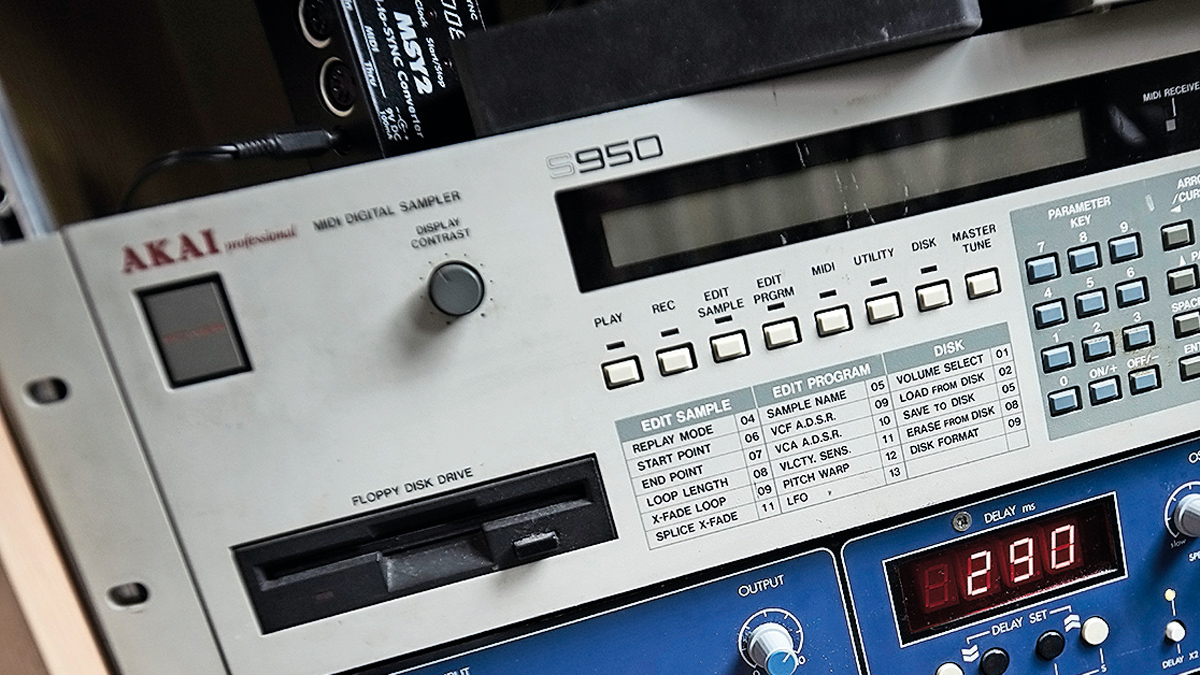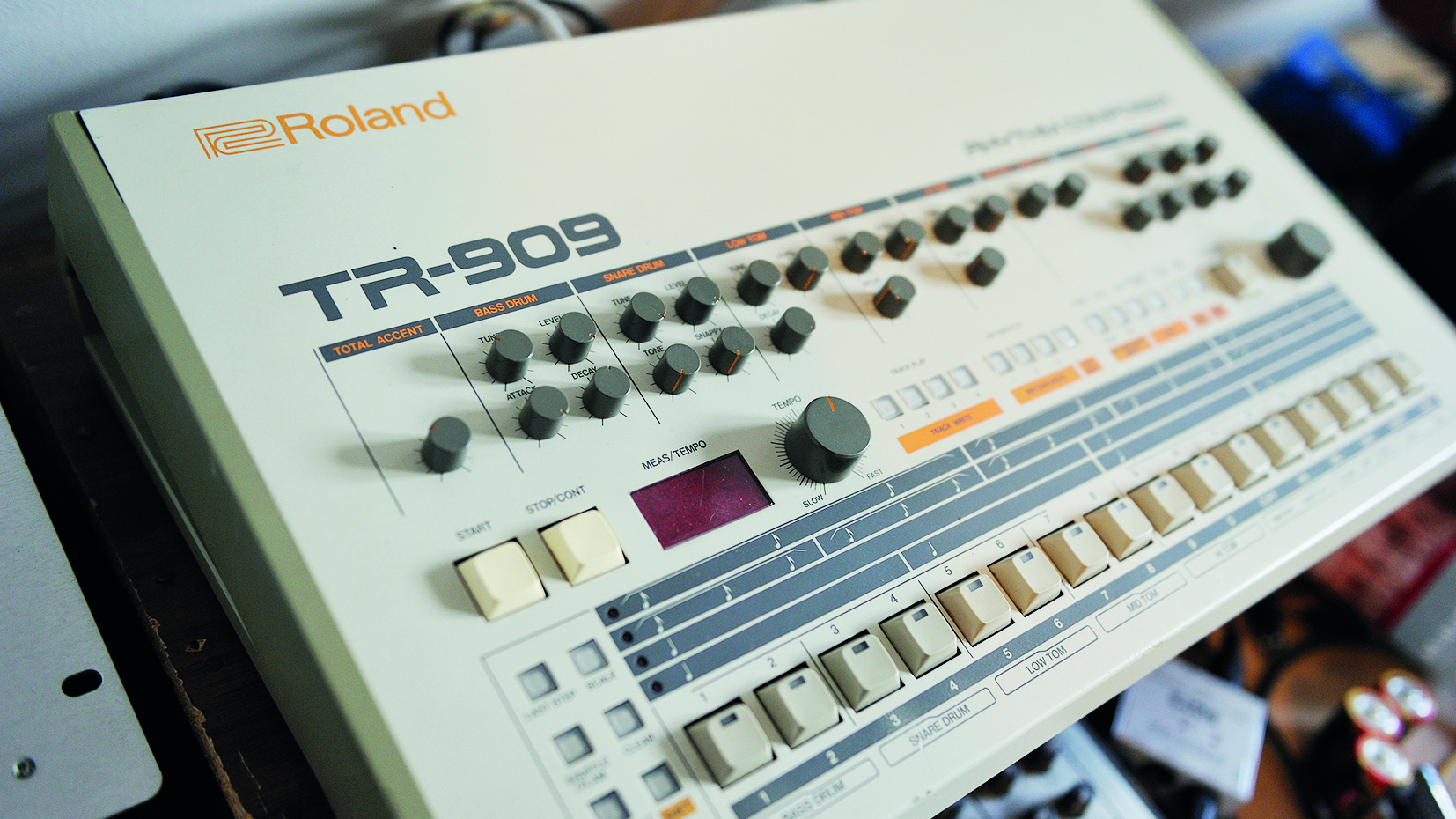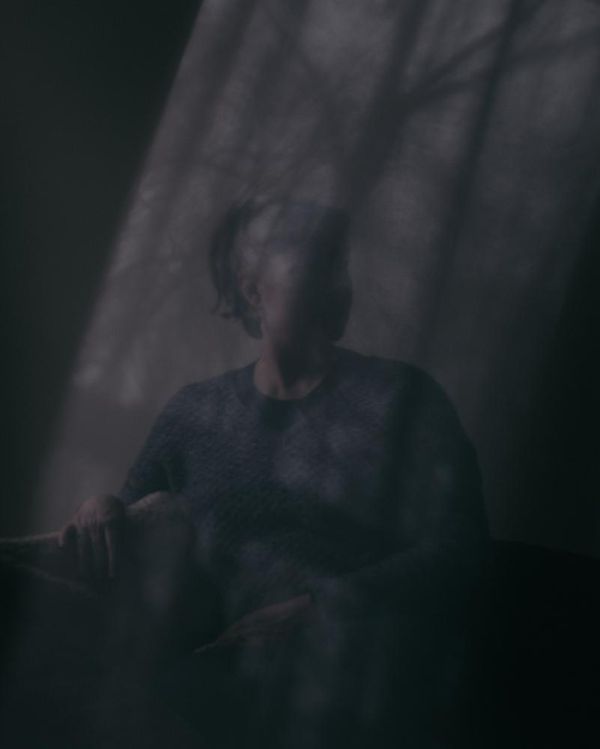
DJ and producer Benji Roth – aka Semtek and DJ Persuasion – founded the record label Don't Be Afraid in 2010 as an outlet for his own productions.
Over the years since, the label has grown to become one of the UK's most reliable underground imprints, connecting the dots between music scenes in Bristol, London and Detroit, and releasing music by the likes of rRoxymore, Mr Beatnick, Ikonika, Karen Gwyer, along with numerous tracks from Roth himself.
Last month Roth returned to his own label with a new Semtek EP, Four More Dubs. We visited Roth in his studio to quiz him on what he’s learned in the course of 15 years of creating and releasing house and techno.
For our studio session, Roth returned to his 2012 release Couer De Lyon after more than a decade, in order to explore how his production skills and approaches have changed over that time, and see if he can improve on the original version.
You can watch the session in full below. In it, Roth explores the various techniques he’s applied to the track. He also explores how he uses remote analogue gear via Access Analog, and why he likes to cut tracks to dubplates.
We’ve collected some of our favourite quick tips from the session.
Layering drum sounds
For a classic house track like this, Roth mostly sticks to staple sounds of Roland’s ’80s drum machines, but he’s not afraid to mix-and-match to find sounds that compliment one another.
“When it comes to writing classic house and techno, I'm a 909,” he says. “The reason I prefer the 909 is that I grew up playing double bass and bass guitar, so I like writing basslines, and that 808 kick doesn't leave much space for a bassline.
“I'm going to nick the cabasa off the 808 though, because I still love that. What a luxury it is to be able to pull kits in from other drum machines that you've never been able to afford.
“I'm especially a fan of the DMX just for cabasa. So I've got the DMX cabasa layered underneath the 808 cabasa and the open hat. I love the way that a cabasa or two will meld with the hats and create some texture in your high end.”
Processing a sub with hardware
The main bass sound in the track is a simple sub tone. As Roth explains, a little processing helps it cut through the mix.
“I've used a very plain sub here, possibly just a sine tone,” he explains. “The problem with that is that you're going to feel it on your monitors, and you might even feel it in your headphones, but you're not necessarily going to hear it.
“These days, I like to pre-prepare and pre-sample patches that might begin as, let's say, an Akai test tone. What I've done is I've run them through some hardware, one note at a time, and saturated them a little bit and given them some texture.
“I'll let you into a little secret about the Akai test tone. The reason I think people really liked it back in the day is because it's got a little bit of a click at the beginning, and the part of any sound that your ear is most attuned to is the attack. So that helps it to stand out.
“Luckily, my friend Borai who is based in Bristol – big up Boris – passed some of those sounds through his hardware samplers for me, one note at a time. How generous is that? So now I've got some slightly richer subs to work with.”

Separate sound design and writing
“I find that choosing a sound quickly and just getting on with it, so you can get to the writing is really helpful,” Roth says. “I like to have pure sound-making sessions where I make myself different synth sounds. That could be sampling myself playing a chord on a synth I like, then I’ll key it up on the sampler. I might bake in some reverb and delay.
“Just kind of go mad with whatever's there – software or hardware – but create sounds that you can use further down the line. The reason being that when you then come to make a tune, you're just writing, and you're not too caught up with the sound design.”
‘Head sounds’
For Roth, a key part of making a dancefloor track is adding the small, incidental elements, which he calls ‘head sounds’.
“Years and years ago, when I lived in White Chapel, I went to an open demo session that an act called Future Shock were running at Digital village,” he says. “I played them a track, and they said, 'well, it's all right, but where are the head sounds?' So I've gone, 'what are head sounds?’ They said, 'you know, just little sort of tweaks and blips and blurps'.
Roth explains that although he was applying dub effects to the drums, they recommended he add sounds designed specifically to sit in the background, and add dub effects to those too.
“One of the reasons I like that term ‘head sounds’ is it makes me think of head shops, which are the cafes in Amsterdam,” he tells us. “If you think of the kind of music they play in those places, whatever genre and or style it is, they've always got these little sounds that stick in your head.
“They're kind of hypnotic, but you might not know what they are or where they've come from. It's something you hear a lot in trip hop, and I think it's good to bring those to the dance floor as well.”
Use every part of your kit
“If you ever watch a drummer playing, you'll notice that they hit all the different skins and all the different rides and cymbals at some point. It’s very unusual that someone just sits there hitting a kick and a hi-hat and snare like that,” Roth explains.
“I think that if you want to bring a human touch to your track, pressuring yourself to try and use all the different hits in your kit, even if it's only on the fills, is a really good idea.
“In my 909 here, I've used the rims and the snares on my fills, but I've got the clap going the rest of the time, and I've got the crash on the one, which for house is a really good idea.
“If you're making more experimental music, you might say, ‘Well, why would I want a crash and ride in there?’, but you can still use the same principle and just have the ghost of a crash or a ride, or a sound that's doing a similar thing in a similar part of the frequency spectrum.”

Think about the longer arrangement
“Something that I often say to people who are writing their first project is don't get trapped by writing all your loops on a four bar cycle,” Roth says. “Don't let that become your project before you've arranged it.
“My vibe, personally, is to arrange as soon as you can. Even if you’ve only got two or three elements, you can already arrange. That's your canvas. Then you can start to think about longer events – like the strings in my track – that happen over a much longer course of time.”
Visualise the vibe
“Many years ago, I was working with an artist called Kowton [aka Joe Cowton], who was doing a remix for my label. Joe was one of the best to ever do it in that style. He'd sent me this remix, and he was saying, ‘What do you reckon?’ I was listening to it, thinking, I respect his style so much, and I respect his technique so much that I don't want to give any very specific feedback, because I don't want him to feel like I'm patronising him.
“He was a big skater, and so what I told him to do was this: I think you need to put on Hocus Pokus, which is a classic skate video we both love, turn the sound off, see if your track works with the video.
“If you've got a favourite skate video, or something where there's a cool soundtrack that you love the vibe – it could even be a music video or just the centre label of a record on a label that you really love – put it in front of you and see how your track works. I guarantee you'll be surprised by what you learn.”







